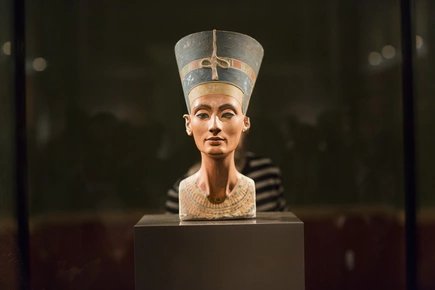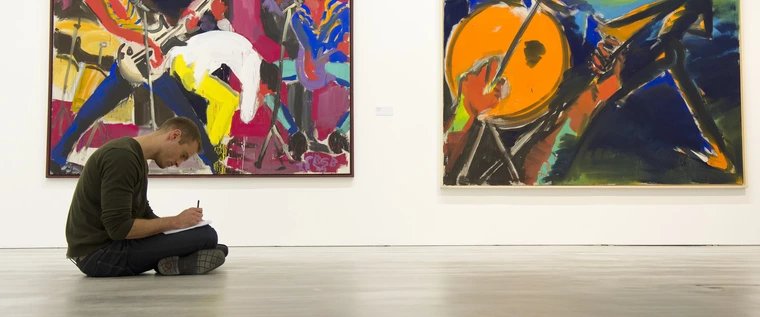
The vanished world of Felicie and Carl Bernstein
The exhibition will, for the first time, tell the story of the important Jewish art collecting couple Felicie (1849–1908) and Carl Bernstein (1842–1894) and examine their influence on the Berlin art scene of the late 19th and early 20th centuries.
In the summer of 1882, the couple brought an impressive group of Impressionist paintings from Paris to Berlin. The Bernsteins, both from well-off families in the Russian Empire, soon became well-known figures in the city's history.
In their house in the Tiergarten district, they hosted a weekly salon, where regular guests included Max Liebermann, Sabine Lepsius, and Adolph von Menzel, as well as museum directors Hugo von Tschudi, Alfred Lichtwark, and Wilhelm Bode. A look at their network and salon culture at the time is worthwhile.
Jewish life in the German Empire was characterized by ambivalence. This exhibition aims to close an important gap in Berlin's cultural memory and rediscover the lost world of the Bernsteins. Today, their collection is scattered throughout the world, from Philadelphia to Tokyo.
The exhibition is based on the research of guest curators Chana Schütz and Emily Bilski, who made great efforts to locate the current locations of the works in the Bernstein Collection.
Max Liebermann was also impressed by the Bernsteins' art collection, which had a lasting impact on his own art collecting: "The [Bernstein] collection contained Manet's most beautiful still lifes [...] but above all, wonderful Claude Monet's, including the famous Champs de Coquelicots, which Mrs. Bernstein left me because I have always admired the painting so much." (Max Liebermann: Phantasie in der Malerei. Reden und Schriften, p. 90)



